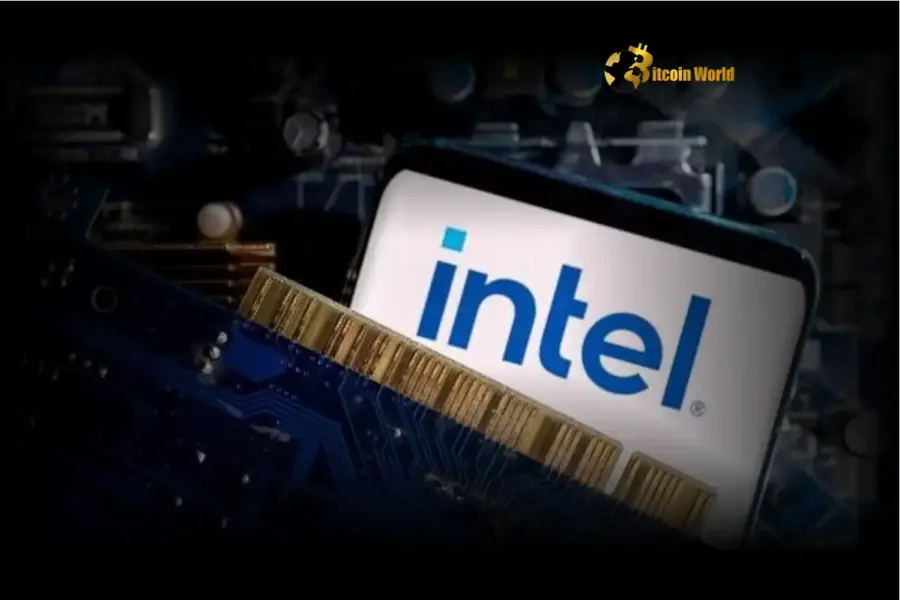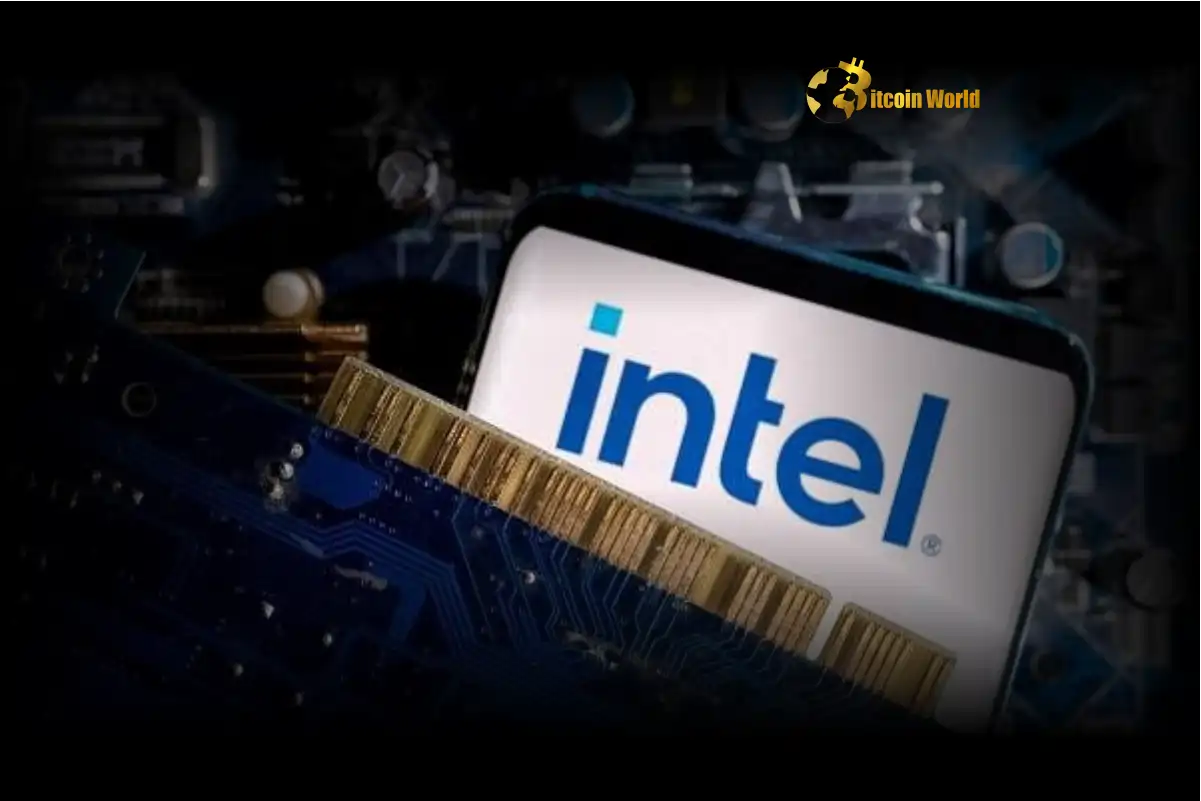Intel Sale: Crucial Strategic Move Explored for Networking and Edge Unit
0
0

BitcoinWorld

Intel Sale: Crucial Strategic Move Explored for Networking and Edge Unit
In the fast-paced world of technology, where shifts in strategy can impact everything from consumer electronics to the underlying infrastructure powering the digital economy, news from industry giants like Intel often captures significant attention. For those tracking market movements and technological advancements relevant to cryptocurrencies, AI, and enterprise solutions, understanding these core hardware plays is essential. Recent reports suggest a potentially crucial Intel Sale is being explored, signaling a significant strategic pivot.
Exploring the Potential Intel Sale
According to reports, Intel is reportedly exploring the potential sale of its Networking and Edge unit. This move is seen as part of CEO Lip-Bu Tan’s broader efforts to streamline the semiconductor giant’s operations and sharpen its focus on core business areas. The Networking and Edge unit is responsible for building chips used in telecom equipment and contributed a substantial $5.8 billion in revenue during 2024.
While Intel has reportedly begun discussions with potential buyers, a formal sales process has not yet been initiated. This indicates that the exploration is still in its early stages, but the engagement suggests serious consideration of the divestiture.
Why Divest the Networking and Edge Unit?
The primary driver behind considering the sale of the Networking and Edge Unit appears to be Intel’s stated goal of refocusing on its foundational business segments: PCs and data center chips. CEO Lip-Bu Tan has been vocal about shedding business divisions that are not considered central to this core strategy. This potential sale aligns with comments Tan made earlier in the year about spinning off non-core assets to concentrate resources and efforts where Intel believes it can compete most effectively.
This strategic direction is not entirely new for Intel, which has undergone various reorganizations and divestitures in the past as it navigates the complex and highly competitive semiconductor market. The focus on PCs and data centers represents a return to strengths that have historically defined the company.
Understanding Intel’s Semiconductor Strategy
Intel’s decision to potentially offload a revenue-generating unit like Networking and Edge is a clear indicator of its current Semiconductor Strategy. In a market demanding increasing specialization and efficiency, companies often need to make tough choices about where to invest their capital and talent. By focusing intensely on PCs and data centers, Intel aims to reinforce its leadership position in these critical areas, which are fundamental to computing infrastructure globally.
This strategy involves optimizing manufacturing processes, accelerating product roadmaps, and competing fiercely with rivals in both established and emerging markets. Divesting non-core assets frees up resources that can be redirected towards these strategic priorities.
Implications for the Telecom Chip Business
The potential sale of the unit responsible for the Telecom Chip Business could have various implications. For Intel, it means simplifying operations and focusing on higher-priority areas. For the unit itself, a sale could potentially lead to it becoming part of a company where it is considered a core asset, potentially receiving dedicated investment and strategic focus.
For the broader telecom equipment market, it could introduce a new player or consolidate existing ones, potentially impacting competition and innovation dynamics. Telecom infrastructure is vital for connectivity, which in turn supports the digital economy, including the infrastructure used by blockchain networks and data centers.
Shifting the Hardware Division Landscape
This potential divestiture is part of a larger trend within Intel regarding its Hardware Division structure. The company has been evaluating its portfolio, deciding which assets to keep, which to spin off, and which to potentially sell outright. Earlier in 2025, for instance, Intel reversed a previous decision to spin out Intel Capital, indicating that strategic evaluations are ongoing and can evolve.
Moves like these reshape the technology landscape, affecting not only the companies directly involved but also their customers, partners, and competitors across various sectors, including enterprise computing and AI development, areas that heavily rely on advanced hardware.
What Happens Next?
As of now, Intel is reportedly engaging with potential buyers but has not formally launched a sale process. This suggests that while the exploration is serious, a deal is not guaranteed. The company will likely evaluate market interest and potential terms before making a final decision. The outcome of this exploration will be a key indicator of Intel’s commitment to its refined core business strategy.
The technology industry is constantly evolving, and strategic adjustments are necessary for long-term success. Intel’s potential sale of its Networking and Edge unit is a notable example of a major player adapting its structure to navigate competitive pressures and capitalize on perceived core strengths.
To learn more about the latest AI market trends, explore our article on key developments shaping AI features.
This post Intel Sale: Crucial Strategic Move Explored for Networking and Edge Unit first appeared on BitcoinWorld and is written by Editorial Team
0
0
 Manage all your crypto, NFT and DeFi from one place
Manage all your crypto, NFT and DeFi from one placeSecurely connect the portfolio you’re using to start.








